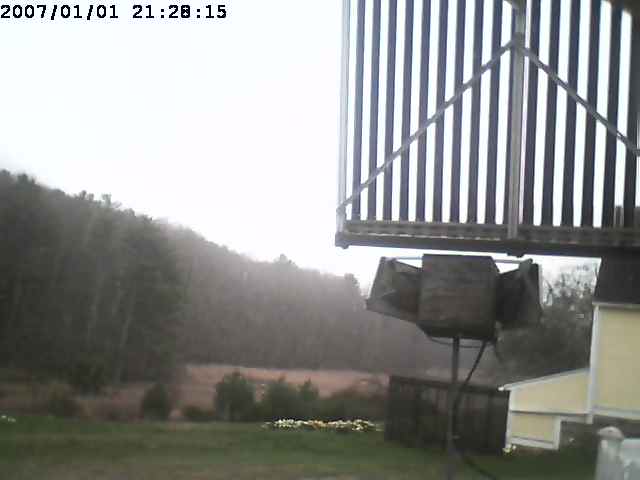 LIVE System Performance Graphs
LIVE System Performance Graphs
See our real-time data updated once a minute
120 - 50 = DELTA T 70F
Click HERE
for Solar Hot Water Math Calculations
 Iwalani's Voyage Around the World
Iwalani's Voyage Around the World
Weekly logs of Iwalani's three year circumnavigation written by Philip Shelton, Amy P. Wood and Stewart the Cat.
 The "World Voyagers" Book
The "World Voyagers" Book
A true story of the three year circumnavigation by Philip Shelton, Amy Wood and Stewart the cat. From designing and building a 42 foot wooden cutter "Iwalani" to sailing around the world— this is not a watered down, sugar coated tale, but a "no holds barred" account of just what it's like to live a "dream."
|
Alternative energy has always been my passion since leaving Long Island New York in the 70’s and moving to the back woods of Maine to build a log cabin from the land. One thing that really gets my hackles up is the parasitic energy it takes to run some of these so-called alternative energy systems. No one talks about how much electricity it takes to run the system. I lived for 5 years without electricity, so I have a good appreciation for its value.
The original push for our solar hot water system was to offset the high cost of LP gas to heat our attached greenhouse during the winter. With 100lb LP tanks costing $135 each, our bill during January and February was $270. Radiant heat would be easy to install because the greenhouse floor was loose brick over gravel and any BTU's generated by the sun would be BTU's of LP gas that we wouldn't need to buy. I was also determined to make the entire system run off of the suns energy alone. No grid electricity would be used in any way. So my research began.
We visited a local “green” expo and spoke with “experts” in solar hot water systems. I looked their systems over and saw lots of AC electrical pumps and controls. It reminded me of the guts of the space shuttle. I believe in the KISS (keep it simple stupid) design philosophy and thought that a solar powered pump would work in harmony with the output of the collector. Sun comes up, collector heats up, the pump comes on and moves the heat generated by the collector to the storage tank. The sun goes down, the collector cools off and the pump stops. How much simpler could it get? Not only that, but when the power goes out (it does several times a year here in Maine) the system will continue to work.
I was told, in no uncertain terms, that solar powered pumps would not work. They don’t start up soon enough in the morning to keep the collector from over heating.
Hummm I thought. “Can’t be done.” Those words are like gasoline on a fire. My brain goes into overdrive and doesn’t stop until I “make it work.”
Click HERE to read more details about our system and how I "made it work".
|
Mouse Over the Image Above for a LARGER View of the SkyCam Picture
Updated Every 15 Minutes

Check the progress of Phil's Tundra Kit Plane

Paintings, Artwork and Blog of Dr. Amy Peters Wood.

Building the 65' schooner "Janet May"
|









